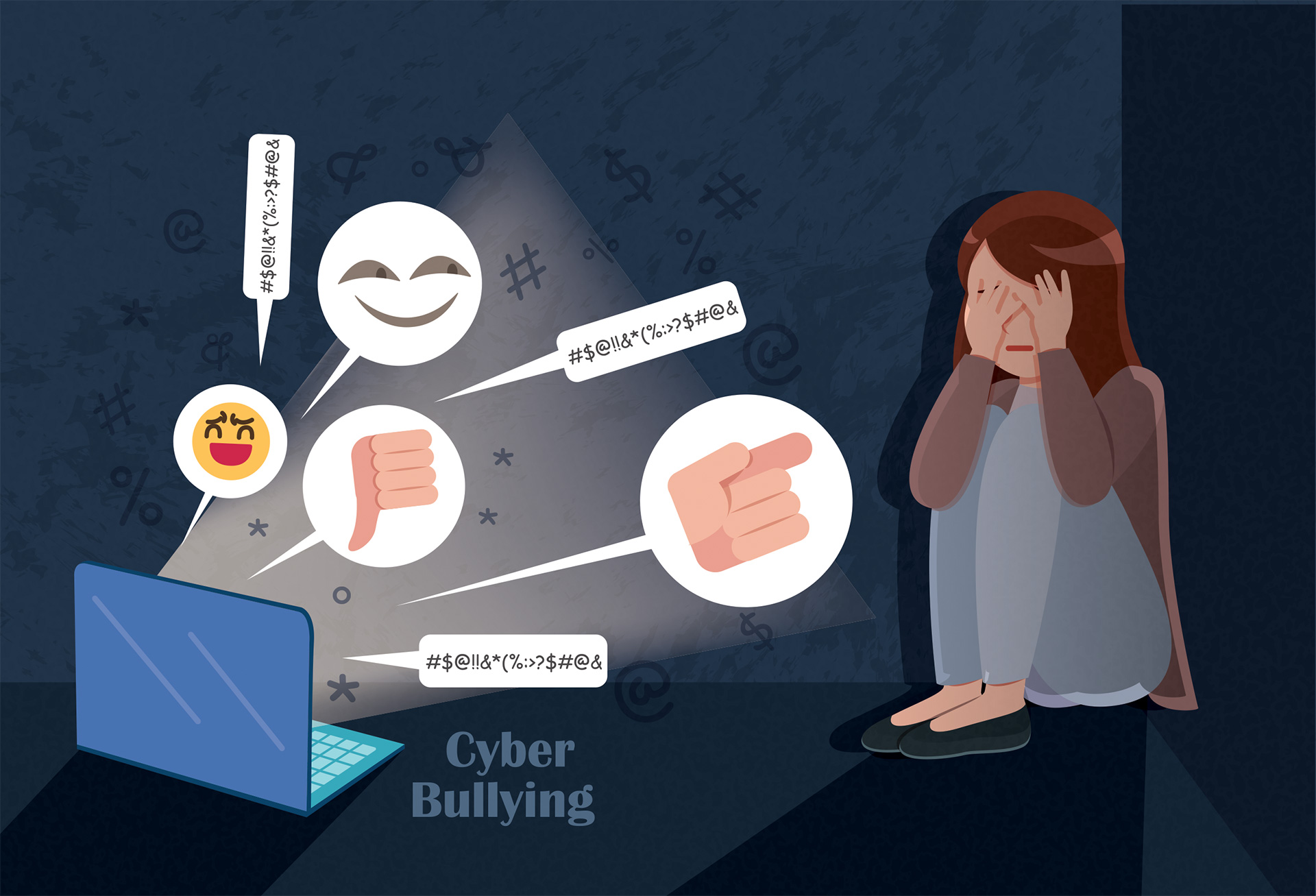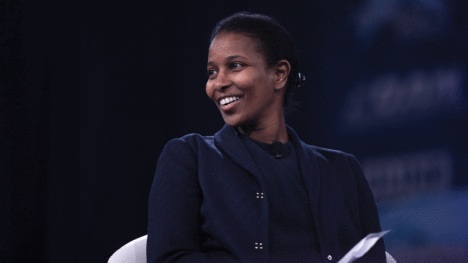
Bullying was reported by Relationships Australia in 2018 to have affected almost 25 per cent of school students in Australia at some stage during their schooling. Bullying has an annual economic impact of an estimated $A2.3 billion, incurred while children are in school and for 20 years after school completion. The national definition of bullying for Australian schools is “an ongoing misuse of power in relationships through repeated verbal, physical and/or social behaviour that causes physical and/or psychological harm.”
These figures may be biased by the potential for over-estimation of bullying prevalence as the term bullying is often used to refer to behaviours that are not actually bullying behaviours, and the potential under-estimation of bullying prevalence if young people are reluctant to report incidents.
However, considering these cautions, we can still conclude bullying is recognised as a problem and despite countless websites, school programs and a national day of action, bullying continues to occur and Relationships Australia reports people are not confident schools can do anything about bullying.
Do we have it all wrong?
But despite countless websites, school programs and campaigns, bullying continues to occur. Reports are emerging that researchers, parents and teachers are not confident schools can stamp out bullying. So why has the anti-bullying movement not been entirely effective? Why is bullying an ongoing epidemic?
New York school psychologist and anti-bullying expert Izzy Kalman says he predicted some years ago that the downfall of the anti-bullying movement would be the focus on instructing students to report bullying to the school authorities. This instruction is only helpful, he says, if the adults know what to do to reduce hostility among children. When teachers or other adults step in as police, investigator and judge to punish the way children treat each other, this too often escalates hostilities. Kalman believes children reporting each other to adults is the number-one reason why resentment develops between children, and therefore, the anti-bullying movement has actually been creating hostility between children.
Kalman proposes that teaching children how to handle bullies on their own is more likely to improve their situation.
I suspect that one reason reporting to adults is not useful is due to the confusion about the definition of bullying. As a school counsellor myself, I’ve heard countless reports of “bullying” that turn out to be one-off incidents of conflict where two individuals of equal power have fought with each other. Single incidents and conflict or fights between equals, whether in person or online, are not defined as bullying. It must be recognised that this is poor behaviour, yes, but not bullying.
Further, there are many times when I find it unhelpful for the “victim” to view the incident as bullying, as they seem to presume they are then powerless to improve their own situation. Parents are also sometimes reluctant for their child to attend counselling after being bullied, as they feel this suggests there is something wrong with their child. But rather than counselling being an indication of blame, time with a school counsellor or other helping professional can help children relate better to peers, handle bullying and build better friendships. Participating in counselling does not indicate there is something wrong with an individual, but rather that they are working towards improving—we can all improve.
I also want to note that the seriousness of bullying behaviour should not be ignored. When bullying involves criminal activity, this must be reported. Individuals or their possessions should never be harmed or made to feel unsafe. Parents, children and school staff must know the difference between these types of bullying and the appropriate actions for each.

Is there a better solution?
In his program, Bullies 2 Buddies, Kalman teaches that first children should know why they are being teased. He says the real reason people are teased is that they get upset. Rather than whatever insult about their personality, appearance or family being true or even of importance to the teaser, they are driven by the fun of getting a reaction. Kalman makes it clear this is not the “victim’s” fault, but a common pattern of provocation and reaction that exists in any conflictual relationship. He also describes how children faced with teasing can change the way they think about what’s happening. Having an attitude that whatever they tease me about does not bother me, even if they continue, will help erase feelings of anger. But reacting to the bully or telling parents or a teacher only feeds anger. It is like a game—whoever gets mad first loses!
Kalman also explains how to handle rumours and physical bullying, and how revenge is not helpful. His advice is that maintaining a sense of humour and not taking ourselves too seriously is also key to a change in attitude and not letting the teasing hurt. Critics have characterised his approach as victim-blaming, but Kalman maintains that his goal is to create kindness and empathy between children to reduce conflict.
Did Jesus talk about bullying?
The Bible recounts that Jesus was asked to identify the most important commandments. After loving God, He said, the most important commandment is to, “Love your neighbour as yourself” (Mark 12:31). Also, Jesus taught what has been called the Golden Rule: “Do to others what you would have them do to you” (Matthew 7:12). This principle, Kalman says, is at the root of his approach to bullying prevention. What strikes me is that the Golden Rule is a positive instruction—it focuses on what we should do; it is not a series of “don’t do this”, “don’t do that” prohibitions. This positive phrasing puts the emphasis on our behaviour and places us in an empowered position to improve our situation.
Words my dad often repeated as I was growing up were, “Be hard to offend.” This is the way that Jesus dealt with conflict—He never took personal offense. No matter the names He was called, the things He was accused of and all the times He was doubted, Jesus never took offence. Even when Judas, one of His close companions, decided to betray Him, Jesus sat down to have dinner with Judas (Matthew 26). Jesus had compassion for what was really going on with people and He had patience.
“Be hard to offend” was an annoying thing to hear from my dad when I was upset by something a friend had done or if I felt something was unfair. But the bleak alternative to letting things go is remaining bitter and angry. His rejection of that alternative might be the reason Dad builds relationships very easily. He is the most positive and relaxed person I know.

It’s hard to let go
The truth is, people hurt you with untrue words only when part of you suspects those words might be true. Usually what hurts the most is our biggest insecurity. I know I am the most bothered when someone says or implies that I’m selfish. The reason that gets to me is:
1) Pride—I realise deep down that this might be true and that dents my self-confidence, and
2) Fear—because selfish is something I desperately do not want to be.
When we challenge these negative thoughts and establish a strong sense of identity, we will be harder to offend and can focus on building positive relationships. When a child is in counselling and tells me how hurt they are that someone called them something like “a mean person”, one of my favourite replies is as follows:
Counsellor: Are you a mean person?
Child: No!
Counsellor: So, what about them saying that bothers you?
They are often lost for words or say it does not feel nice. Sometimes the conversation turns to how the individual’s opinion does not hold much weight with them, so this statement does not inform their identity. Sometimes we work through reminding themselves about who they are and ways to feel better.
Kalman’s approach is particularly effective in that it also deals with those teasing remarks that are true—which are often the words that can provoke the biggest reaction. His workshops include role plays where children learn to absorb and deflect deliberately hurtful words and turn “bullies into buddies”. For example,
Child 1: You’re fat!
Child 2: Yeah, I’m ginormous—I could probably crush the whole school!
Child 1: Ha ha ha—you should go on a diet.
Child 2: Hey, have you ever eaten a whole pizza by yourself? My sister did—that’s my kind of diet!
Child 1: Yum. I wish my mum would let me try.
Child 2: You’re lucky she doesn’t. Because my sister vomited it all up—it was so disgusting!
[Both children laugh]
It is very common to see the tables turn. The same tendencies that make someone more likely to become a bully are those that make someone more likely to become a victim. I have seen the outrage of a victim turn them into the hostile individual. This highlights the value of teaching children how to have better relationships.
Show kindness. Be hard to offend. Instead of just telling young people to report all bullying to an authority, maybe we should consider focusing more on how they can build better friendships and reduce conflict. We should empower young people to have empathy and confidence in who they are.
Mikaela Matthes lives and works in the Lake Macquarie region and provides counselling services in a local school and in her private practice.
Information in this article was drawn from the following sources:
* https://www.relationships.org.au/what-we-do/research/online-survey/march-2018-bullying-in-schools
* https://bullies2buddies.com









